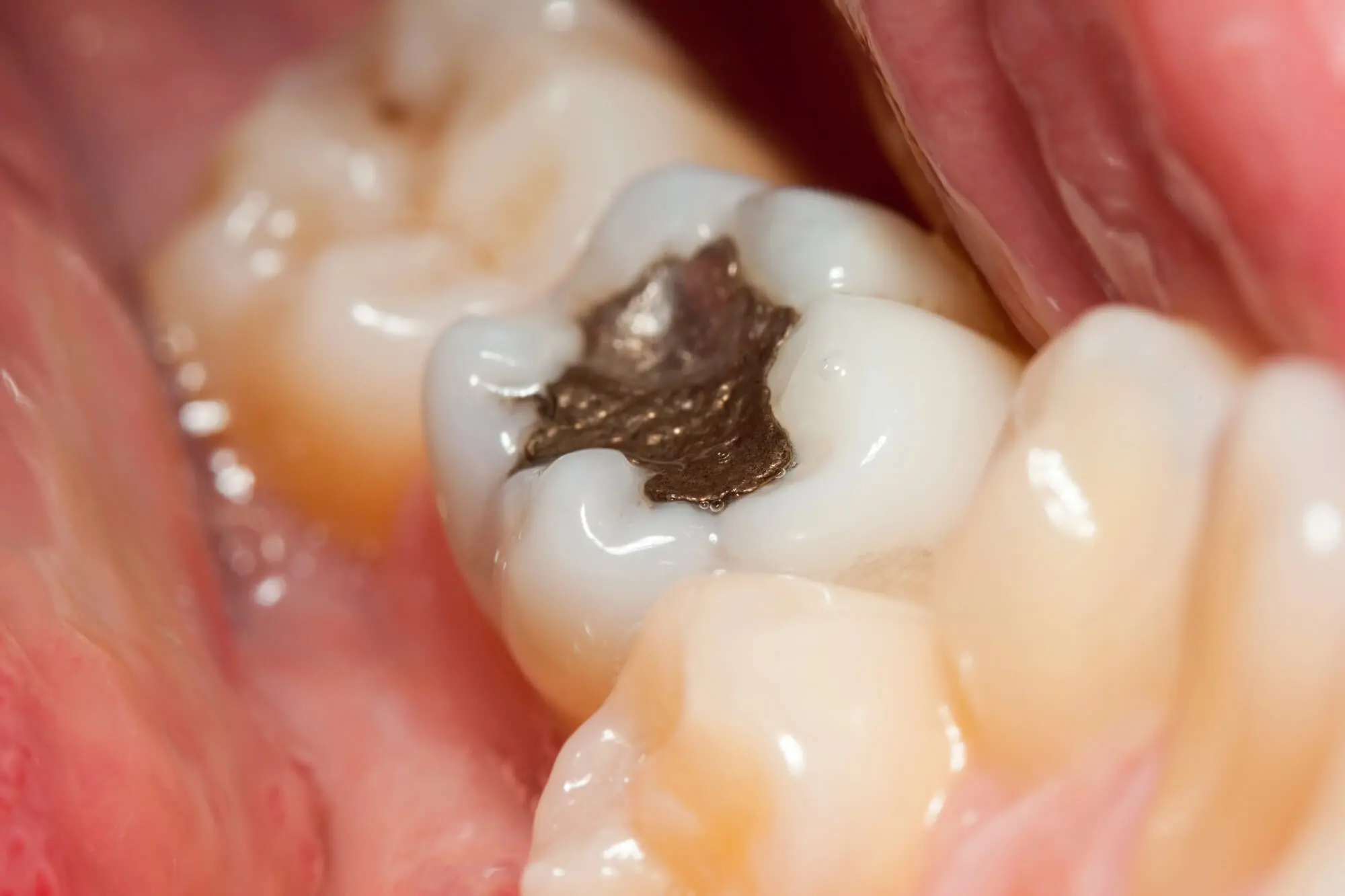We all have one family member, friend, or co-worker well into adulthood who claims to have the same filling they got in their childhood, still in top condition. Dental fillings in Glen, IL, are highly durable, and with the proper care, they can last for many years to come.
But, even with the best maintenance routine, can you ensure your restorations remain unaffected for a lifetime? The short answer is sometimes, but it depends on the type of filling, your oral habits, and regular dental care.

What Is a Dental Filling?
Dental fillings are one of the most common treatments in dentistry. They repair teeth damaged by wear, fractures, or cavities, preserving function and halting additional decay.
Moreover, fillings are designed to withstand the mouth’s chewing forces, which can reach a maximum of 174 pounds, which is, in simple terms, a lot. But, as durable as they are, fillings do suffer from wear and tear from the constant friction.
How much this damages their structure, leading to the need for a replacement, depends on separate factors—but a crucial one is the material they’re made of.
How Long Do Different Types of Fillings Last?
Not all fillings are created equal. Each material for dental fillings has a different expected lifespan:
- Silver amalgam fillings are strong and long-lasting. They can endure for ten to fifteen years or longer, and with the right care, some even survive for decades.
- Composite resin, or tooth-colored, fillings blend in naturally with your teeth, but they are slightly less durable, lasting about 5–10 years on average.
- Known for aesthetics and strength, ceramic or porcelain fillings typically last 10–15 years.
- Though less common today, gold fillings are the most durable, often lasting 20 years or longer.
- Glass ionomer fillings are often used in areas with less chewing pressure and generally last around 5 years.
So, while some materials—like gold or well-placed amalgam—can last a lifetime, most fillings eventually need to be replaced.
Factors That Affect Filling Longevity
Besides their material, other factors that determine how long your dental filling will last include:
- Size and Location of the Filling: Larger fillings and those on chewing surfaces tend to wear down faster.
- Oral Hygiene: Brushing twice daily, flossing, and using fluoride products help protect your fillings and natural teeth.
- Diet: Frequent sugary snacks or acidic drinks can weaken tooth structure around the filling, so try to limit these.
- Habits: Teeth grinding, nail biting, or chewing on hard objects (like ice or pens) can considerably shorten a filling’s lifespan.
- Regular Dental Visits: Routine checkups allow your dentist to monitor fillings for cracks, wear, or decay. Prompt intervention helps keep damage at bay.
Signs Your Filling May Need Replacement
Fillings don’t last forever, so identifying signs of damage right away is crucial for protecting the health of your tooth. Watch for indicators like:
- Tooth sensitivity or pain when biting down
- Visible cracks, chips, or wear on the filling
- Food getting stuck in the tooth
- Discoloration or dark spots around the filling
Schedule a dental exam and cleaning if you notice any of these. Early treatment can prevent further decay and avoid the need for more complex procedures like crowns or root canals.

So, Will My Dental Fillings in Glen, IL, Need to Be Replaced?
Can dental fillings last a lifetime? In rare cases—yes, especially with gold or well-maintained amalgam fillings. So yes, your familiar or old coworker may not be lying. But for most people, fillings will eventually need replacement. The good news is that with proper care, your fillings can last for many years, protecting your smile and keeping your teeth healthy.
When you need a replacement, Smalltown Dental can help. If you suspect that’s the case for your filling needs a replacement, contact us today to schedule an appointment!








.webp)








